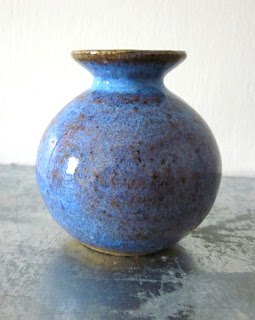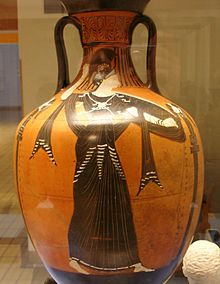.jpg) This vase attracted me because of its creativity and color combination. It's interesting because it's in the shape of a flower, which is very different from most vases.
This vase attracted me because of its creativity and color combination. It's interesting because it's in the shape of a flower, which is very different from most vases. I really like the shape of this vase (although it's not really symmetrical). Also, the color combination of the blue glaze and the rusty orange color is nice.
I really like the shape of this vase (although it's not really symmetrical). Also, the color combination of the blue glaze and the rusty orange color is nice.http://potterjane.com/web_images/vase.jpg



































 Northern Song (960-1127) 11th century Porcelain-like stoneware with céladon feldspathic glaze. The height is about 20.5 cm. I thought that this piece is very interesting because of the color of the glaze of the pottery. The details of the container is very intricate and detailed. It's just an interesting piece overall.
Northern Song (960-1127) 11th century Porcelain-like stoneware with céladon feldspathic glaze. The height is about 20.5 cm. I thought that this piece is very interesting because of the color of the glaze of the pottery. The details of the container is very intricate and detailed. It's just an interesting piece overall.











